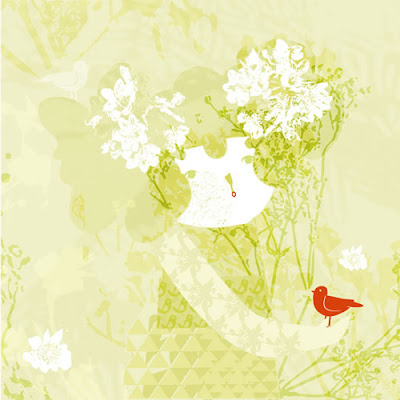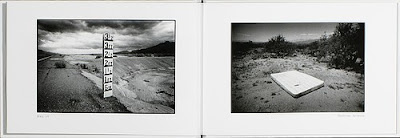A Particular World. Photographs by William Clift. Printed by Christopher Benson. Designed by Eleanor Caponigro. Hand bound by Priscilla Spitler. Pearmain Press, 2008. Unpaged, illustrated throughout, 8¾x11". View more here.
This limited edition of 'A Particular World' with photographs by William Clift is "illustrated throughout with digital inkjet prints from scans of the original color Polaroid Spectra film".
The inkjet prints are done in ultrachrome k3 ink on Hanhnemuhle photo rag paper. It's limited to 50 signed and numbered copies.
The edition is described as:
"Exquisitely printed and bound 'A Particular World' contains twenty-four pigment ink prints of William Clift photographs made between 1987-2007 and includes a mixture of portraits and still lifes. It is as richly subtle as those familiar with Clift's work would expect.
The book, quarter-bound in leather and housed in a cloth-covered slipcased, is full of remarkable and quiet little masterworks, beautifully seen and detailed, rendered in the lovely Polaroid color palette."
I've written about books by William Clift before here and here.
Both quotes from publisher's description.













































